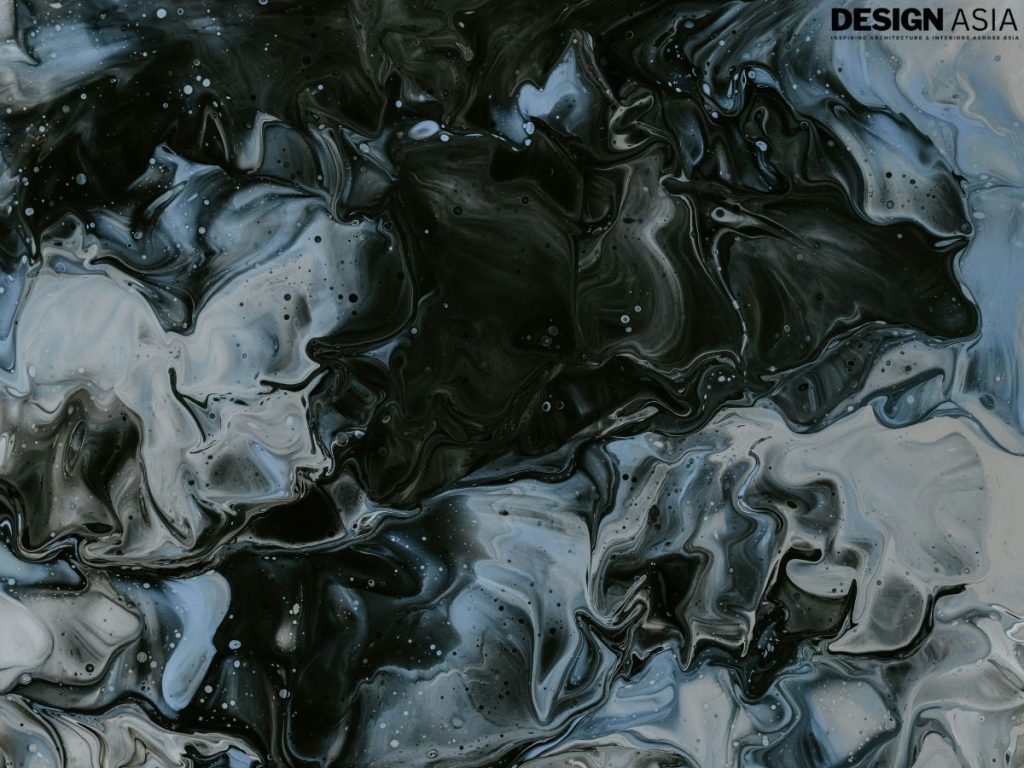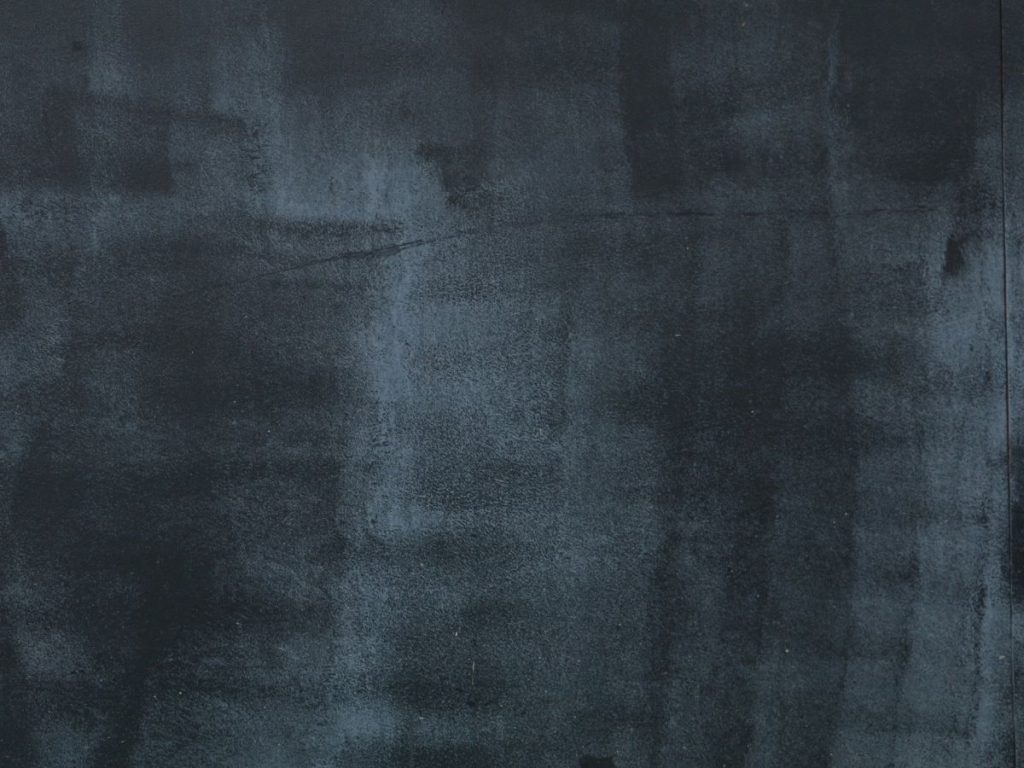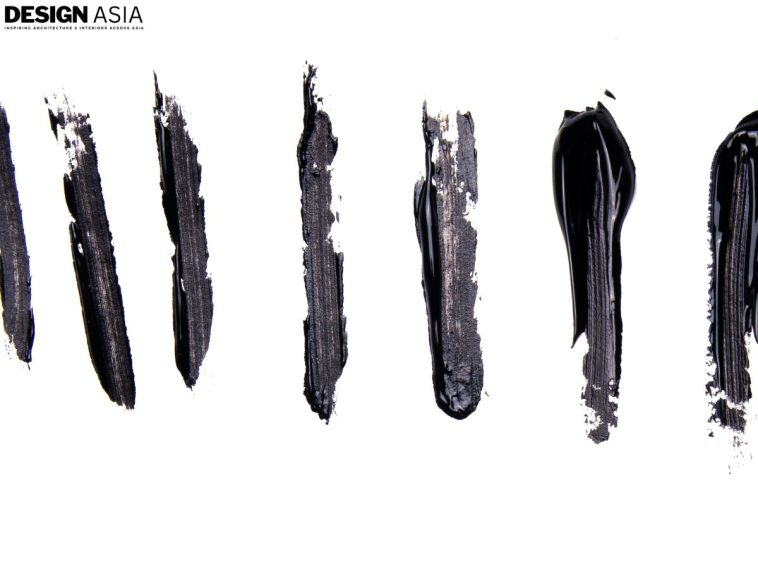Choosing the perfect color for your home’s exterior is no small decision, and when it comes to a bold, dramatic color like black, it requires extra consideration. While black houses are becoming increasingly popular in contemporary home design, it’s important to take several factors into account before committing to such a striking change. Black can add sophistication, modernity, and a sense of elegance to your home, but it also comes with its unique set of challenges.
If you’re thinking about painting your house black, here are 7 essential questions you should ask yourself before making the decision. This guide will help ensure your project goes smoothly and results in a home you love for years to come.
Also Read:- 6 Stunning Tableware Sets That Are Like Art on Your Dining Table
1. How Does Black Affect Your Home’s Curb Appeal?
The first thing to consider when painting your house black is its impact on curb appeal. Black can give your home a sleek, stylish, and timeless look, but it might not be suitable for every architectural style. Some homes, like Victorian or Craftsman-style houses, may look stunning in black, while others, such as cottages or Mediterranean-style homes, may not complement this dark hue as well.
Ask yourself:
- How does black align with the architectural style of my home?
- Will it enhance or detract from the natural beauty and details of my home?
- How does black blend with the surrounding landscape, including trees, plants, and other homes?
Keep in mind that black exteriors often have a dramatic effect. It’s ideal for homes with distinctive architectural features, as it can emphasize details like trim, windows, and door frames. For homes with a more simplistic design, black might make them appear smaller or too imposing.
2. How Will the Climate Impact the Durability of Black Paint?
Another crucial question is how the climate where you live will affect the performance of black exterior paint. Dark colors, especially black, absorb more heat than lighter shades. While this can be a good thing in cooler climates, where it might help reduce heating costs, it can be detrimental in areas with hot summers.
Ask yourself:
- What is the average temperature in my area?
- Do I live in a region with extreme weather conditions like intense heat, heavy rainfall, or snow?
- How might these conditions affect the longevity of the paint?
Black paint tends to fade more quickly under intense sun exposure, and it can also heat up more rapidly, which might lead to cracking or warping in certain materials like wood. If you live in a region with harsh weather, you may need to invest in higher-quality, weather-resistant paint designed to withstand temperature fluctuations.

3. Will I Need to Repaint More Frequently?
Because black paint absorbs heat, it tends to degrade faster than lighter shades, especially if exposed to direct sunlight. You may find that you need to repaint your home more often to maintain its appearance.
Ask yourself:
- Am I prepared to maintain my home’s black exterior every few years?
- Can I commit to the upkeep that comes with a black-painted house?
Choosing high-quality, durable paint can help extend the life of your exterior, but the reality is that black will likely require more maintenance than lighter colors. The need for repainting is something you’ll want to factor into your long-term home maintenance plan.
Also Read:- Home Decor Tips: 5 Outdoor Floor Tiles to Choose From
4. What Are the Environmental Implications of Painting My House Black?
Sustainability is an important consideration in today’s world, and painting your home black may have some environmental implications. As mentioned earlier, black paint absorbs more heat, which might increase cooling costs in the summer. This can lead to higher energy consumption, depending on your home’s insulation and cooling system.
Ask yourself:
- Am I considering the environmental impact of increased energy consumption due to heat absorption?
- Can I opt for eco-friendly paint options to minimize environmental harm?
One solution is to invest in energy-efficient or reflective coatings that help mitigate heat absorption, making the home cooler during the summer months. These types of coatings can also help reduce your carbon footprint by improving the energy efficiency of your home.
5. Is Black Paint the Best Option for My Area’s Neighborhood and HOA Guidelines?
Before proceeding with painting your house black, check with your neighborhood association (HOA) or local zoning regulations. Some neighborhoods have strict guidelines for exterior colors to maintain consistency and aesthetics. In some areas, bold or dark colors like black may be discouraged, or you may need to obtain permission before proceeding.
Ask yourself:
- Are there any HOA restrictions or local codes regarding exterior paint colors?
- Does painting my house black align with the general aesthetic of my neighborhood?
You may need to submit a request or approval application if you live in a community governed by an HOA. Even if you don’t have formal regulations to adhere to, it’s a good idea to consider how your black-painted house will look in relation to neighboring homes and whether it will create a harmonious environment or cause any visual disruption.

6. How Does the Color Black Affect Lighting Around My Home?
Black exteriors tend to absorb more light, which can impact the brightness of your home and the surrounding landscape. If your house is in a shaded area with lots of trees or other structures, painting it black might make it feel even darker. Conversely, if your house gets a lot of sunlight, the color black could make it appear even more intense.
Ask yourself:
- How much natural sunlight does my home get?
- Will the black color absorb too much light and make my home look darker or more somber than I prefer?
- Can I offset this effect with outdoor lighting or landscaping?
If your house faces a particularly dim or shaded area, adding black paint may create a more gloomy or oppressive atmosphere. On the other hand, if your home is in a sunny spot, the contrast between the black paint and natural light can create a striking, bold look. Adding outdoor lighting or bright-colored plants can help balance the overall visual impact.
7. Am I Ready for the Maintenance and Cleaning Challenges of a Black Exterior?
Black surfaces are more likely to show dirt, dust, and grime than lighter-colored ones. While a black-painted home can look stunning, it’s essential to be prepared for the maintenance required to keep it looking pristine.
Ask yourself:
- Am I ready to clean and maintain a darker-colored home regularly?
- Do I have a plan for managing dust, pollen, and other debris that can accumulate on black surfaces?
If you live in an area with high dust, pollen, or pollution, a black exterior may need more frequent cleaning. Pressure washing, scrubbing, and touch-up painting may become part of your regular maintenance routine to keep your home looking its best.
Conclusion: Is a Black Exterior Right for You?
Painting your house black is an exciting, bold choice that can turn your home into a stunning, modern masterpiece. However, it’s important to think carefully about the impact it will have on your home’s appearance, climate, maintenance needs, and overall environmental footprint. By asking these seven essential questions before making the leap, you’ll ensure that your decision aligns with your long-term goals for your home and lifestyle.
If you’re still unsure about painting your house black, consider testing a small section of your home with black paint first. This will give you a better idea of how it interacts with your home’s architecture, the surrounding environment, and how you feel about it day-to-day.
Ultimately, whether or not to paint your house black depends on your personal preferences, the aesthetic of your neighborhood, and your readiness for the added maintenance. By carefully considering all the factors above, you’ll be in a much better position to make an informed and satisfying decision.


